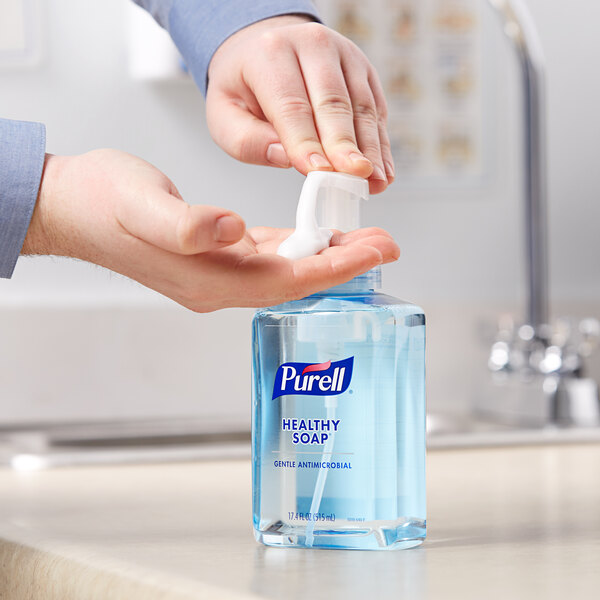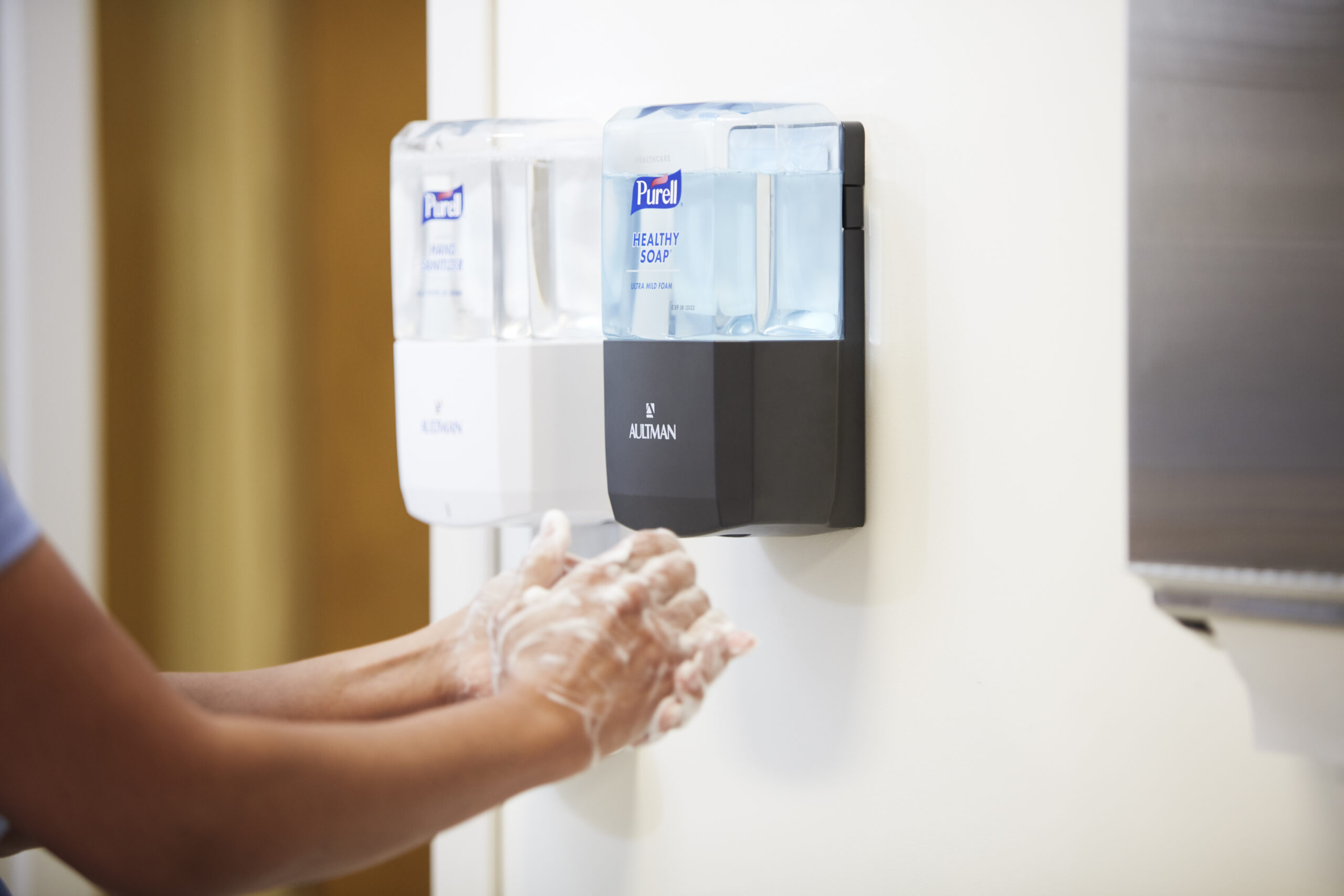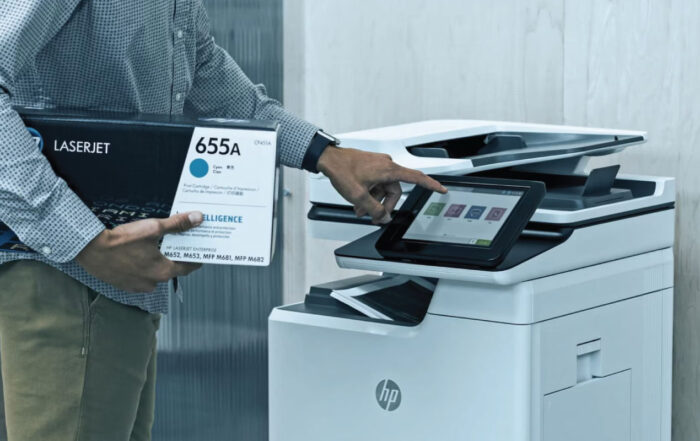WHICH CLEANS BETTER?
WE ASKED, YOU VOTED!
SOAP
SANITIZER
SO WHICH IS ACTUALLY BETTER?
The truth is, when it comes to keeping your hands clean, there is a role for both soap and water, and hand sanitizer. Evaluating the situation and deciding based on whether your hands are visibly soiled, your skin condition, any time constraints, and your setting (e.g. if there is a sink nearby) will be important when deciding to use soap vs. sanitizer.
The Science
The skin on your hands plays a crucial role in maintaining your overall health. It consists of skin cells and lipids that, when in good condition, function harmoniously to retain moisture and act as a protective barrier against pathogens, irritants, allergens, and pollutants. However, when your skin is damaged, these lipids may become disrupted or washed away, resulting in biochemical and physical gaps. This allows moisture to escape and potentially allows harmful substances to enter.
Early warning signs of skin damage:
- Dryness
- Tightness
- Flaking or itching of the knuckles, back of hands and between finger
Advanced signs of skin damage:
- Damage that involves the palms of the hands
- Redness
- Swelling
- Blistering
- Bleeding
- Cracking (especially around fingernails)
- Difficulty making a fist (extreme tightness)
Protecting Your Skin
If you notice signs of skin damage, it’s essential to take proactive steps to care for your skin.

Maintain your skin’s hydration by using well-formulated moisturizers from reputable brands you trust. Regular moisturizing not only replenishes the natural lipids and moisturizing elements in your skin but also promotes healthy skin cell turnover while alleviating dryness. The optimal times to apply skin lotion are just before bedtime, at the start of your workday or daily activities, and immediately after washing your hands or coming into contact with water (such as doing household chores or taking a shower).
When washing your hands, opt for cool or room-temperature water and make sure to thoroughly dry your hands. The water’s temperature doesn’t appear to significantly impact bacteria removal, and warmer water may even lead to more skin irritation. Hand washing with water temperatures ranging from as high as 100°F (38°C) to as low as 60°F (15°C) doesn’t have a notable effect on reducing bacteria during the hand-washing process.
WHEN TO USE SOAP

According to the Center for Disease Control and Prevention (CDC), always wash your hands if they are visibly soiled. It’s also important to use soap and water during these key moments: 12
- Before, during, and after preparing food
- Before eating food
- Before and after caring for someone at home who is sick with vomiting or diarrhea
- Before and after treating a cut or wound
- After using the toilet
- After changing diapers or cleaning up a child who has used the toilet
- After blowing your nose, coughing, or sneezing
- After touching an animal, animal feed, or animal waste
- After handling pet food or pet treats
- After touching garbage
Hand sanitizer should be used when soap and water are not readily available. According to the CDC, you should use an alcohol-based hand sanitizer that contains at least 60% alcohol. Consider using hand sanitizer during these key moments12:
- After visiting your local grocery store
- Before and after visiting a public place
- After pumping gas
- After touching handrails (or other surfaces commonly touched by others)
Carrying hand sanitizer with you when visiting a public place is important, although, many public places are beginning to offer hand hygiene solutions. The World Health Organization recommends that public and private buildings offer one or several sanitizing stations to use before entering and when leaving, to ensure everyone is practicing hand hygiene.13
When applying hand sanitizer, remember to use enough to thoroughly wet your hands, rub briskly until dry – and don’t forget your fingertips, thumbs, and in between your fingers. This should take around 15-20 seconds with a well-formulated product.
WHEN TO SANITIZE











